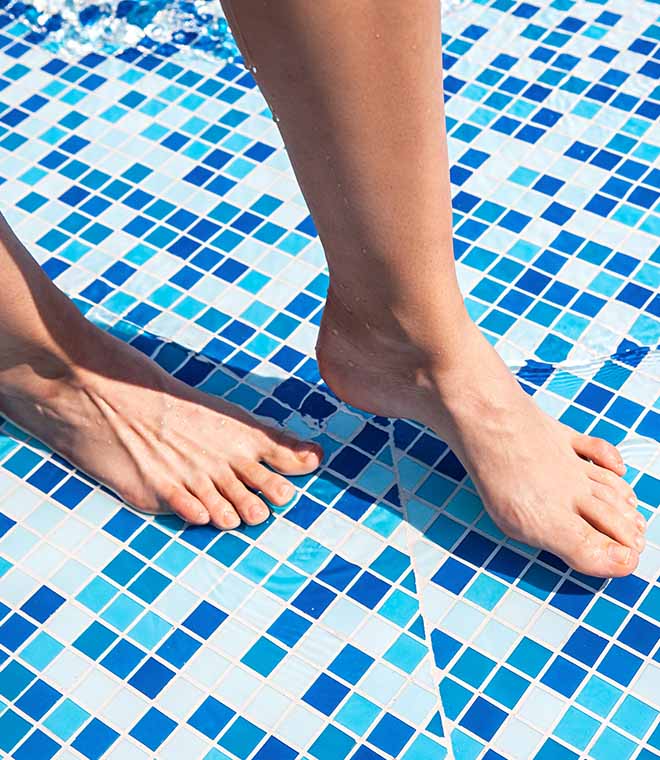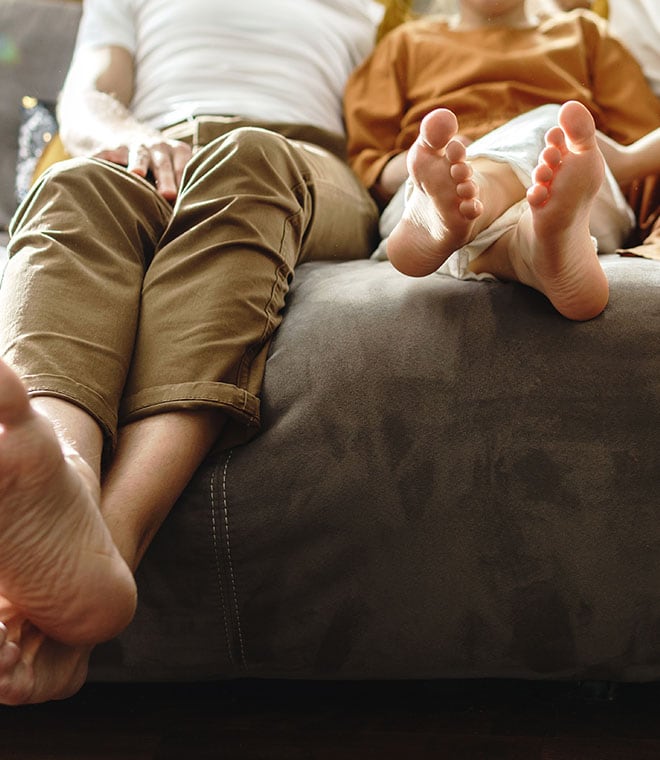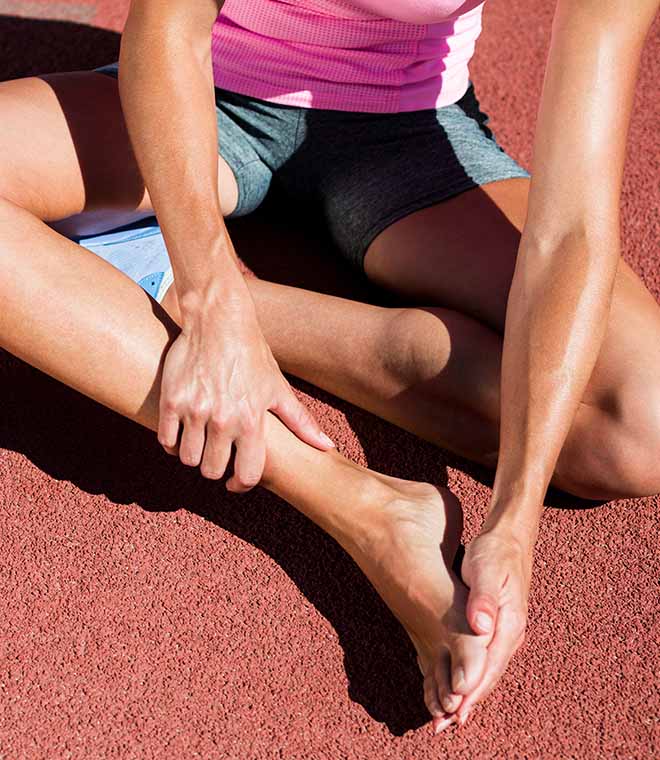Health
Foot rash: What are the common causes?
By Anna H. Chacon, MD, Fellow of the American Academy of Dermatology Sep 24, 2024 • 5 min
Human feet are particularly susceptible to rashes, likely because our feet come into contact with many different surfaces and environments as we walk around. Feet that are enclosed in shoes may also provide an ideal damp and dark environment for certain microorganisms to grow. You may not be aware of signs of a foot rash initially until you begin to experience bothersome symptoms. It can be helpful to understand some common causes of foot rash and know when to see your healthcare provider.
Common causes of foot rashes
Foot rashes can occur due to a number of reasons, and depending on the cause, they may occur more often in certain locations of the body and cause certain symptoms. The following are some common causes of rashes on the foot:
- Allergens: Allergic reactions occur when your body’s immune system reacts to a normally harmless substance, resulting in an immune response. An allergic response can produce symptoms, such as a rash or red spots on the top of the foot or other areas. Examples of allergens that may cause a reaction include jewelry, fragrances, products with certain ingredients, such as latex, and poison ivy.
- Irritants: A rash may develop when your skin responds to an irritating substance, such as pesticides, detergents, soaps and acidic stool (resulting in diaper rash in babies). Contact dermatitis from an irritant is not the same as an allergic reaction.
- Dermatophytes: These are fungi that need keratin present in the skin to grow, and they usually grow well in a warm environment with a lot of moisture, making the human foot an ideal place. Athlete’s foot, also known as tinea pedis, is a fungal foot rash that usually begins between the toes and may progress to scaly, dry or peeling skin on the bottoms of the feet. In general, athlete’s foot can spread to other parts of the body. It’s often mistaken for eczema, psoriasis, and other health conditions. It can be contracted by walking barefoot in community spaces, such as a community shower or locker room, where fungus spores have been left behind by someone with this type of foot infection. Moccasin athlete's foot is a specific type of athlete’s foot that causes fine, dry scales on the bottoms of the feet. The skin beneath is usually pink and tender. Moccasin-type athlete’s foot is less common than other types of athlete’s foot, and it can spread to other parts of the foot, including toenails.
- Bacteria: Staphylococcus aureus and group A Streptococcus organisms can enter the skin and cause a rash. Impetigo, a common childhood bacterial condition usually caused by Staphylococcus, causes reddish sores on the face, but it can also occur on the hands and feet.
- Viruses: In addition to other systemic symptoms, viruses can cause skin symptoms such as a rash. Certain viruses that may specifically lead to a rash on the feet can include hand, foot, and mouth disease (HFMD), chickenpox and measles.
- Insect bites: Bites from spiders, ants, mosquitoes and other insects can cause red bumps or spots on feet. Most insect bites and stings usually cause a histamine response and irritation of the skin, which is not an allergic response. However, some people can also have allergic symptoms that can be severe and life threatening (anaphylaxis).
There are a number of different potential causes of a foot rash, and some rashes can be contagious. Because different foot rashes can look similar, you should see your healthcare provider to determine the cause and appropriate treatment. Some over-the-counter medications may provide relief while others may worsen your condition. For example, topical creams containing a corticosteroid may help an allergic rash but could worsen a bacterial or viral condition.
Foot rash treatments
There are some over-the-counter creams and sprays that can effectively treat foot rashes and infections, depending on the cause. If your foot rash does not improve or if it gets worse after using over-the-counter treatments as directed, see your healthcare provider. Some foot conditions may require prescription-strength topical or oral medications.
See your healthcare provider if you have a rash that does not go away or if it worsens, becoming very painful or extremely itchy, or if it spreads, or is accompanied by other symptoms. In some cases, you may need to take an oral medication in order to clear up the rash. If you have diabetes or a weakened immune system, see your healthcare provider at the first sign of any type of foot rash or foot infection.
Updated by Julie McDaniel, MSN, RN, CRNI, September 2024.
Sources:
- https://medlineplus.gov/lab-tests/rash-evaluation/
- https://www.cdc.gov/hand-foot-mouth/index.html
- https://www.cdc.gov/hand-foot-mouth/causes/
- https://www.ncbi.nlm.nih.gov/books/NBK279549/
- https://www.ncbi.nlm.nih.gov/books/NBK470421/
- https://acaai.org/allergies/allergic-conditions/skin-allergy/
- https://www.mayoclinic.org/diseases-conditions/impetigo/symptoms-causes/syc-20352352
- https://www.cdc.gov/chickenpox/signs-symptoms/index.html
- https://www.who.int/news-room/fact-sheets/detail/measles
- https://www.ncbi.nlm.nih.gov/books/NBK532940/
- https://medlineplus.gov/insectbitesandstings.html
- https://medlineplus.gov/ency/article/000869.htm



